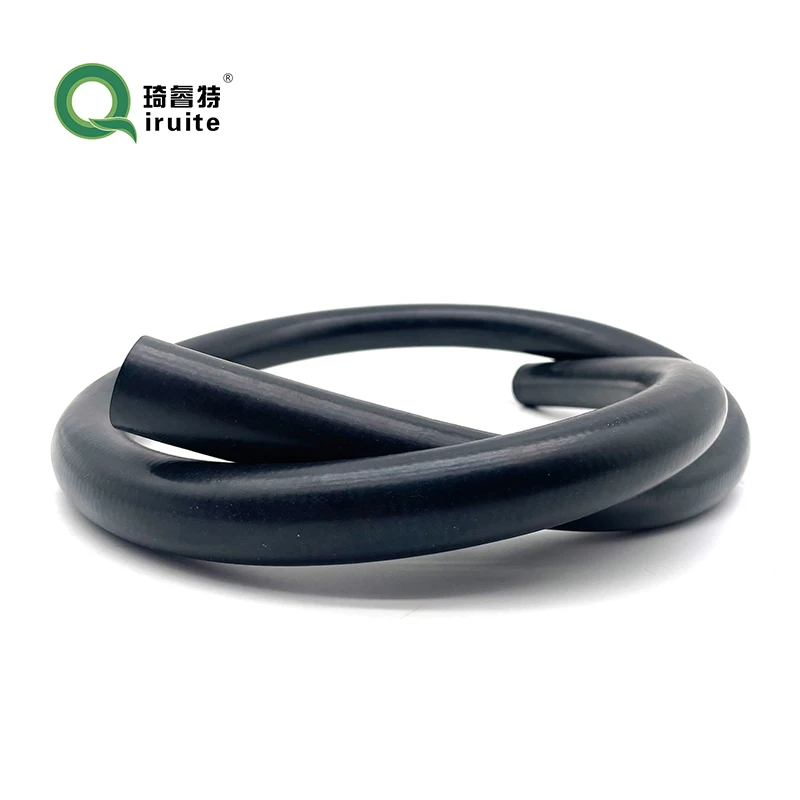Understanding Pipe Connector Fittings for Efficient Plumbing Solutions and Installation Techniques
Understanding Pipe Connector Fittings A Comprehensive Guide
When it comes to plumbing, HVAC, or industrial applications, the importance of reliable pipe connector fittings cannot be overstated. These fittings play a crucial role in ensuring the integrity and functionality of piping systems. In this article, we will explore the different types of pipe connector fittings, their applications, and factors to consider when choosing the right fittings for your project.
What Are Pipe Connector Fittings?
Pipe connector fittings are components used to join two or more sections of piping. They come in various shapes, sizes, and materials to accommodate the specific needs of a plumbing or piping system. Common types of fittings include elbows, tees, couplings, reducers, and unions. Each type serves a particular purpose—whether it be changing the direction of flow, connecting dissimilar pipes, or branching off to additional pipes.
Types of Pipe Connector Fittings
1. Elbows These fittings are used to change the direction of flow in a piping system. Elbows are typically available in 90-degree and 45-degree angles. The choice of angle will depend on the specific requirements of the installation.
2. Tees Tees allow for branching off a pipeline. This fitting has one inlet and two outlets, enabling the flow to split into two directions. Tees are pivotal when creating a parallel run of pipes or when connecting multiple lines.
3. Couplings Couplings are straight fittings used to connect two pieces of pipe. They can be threaded or unthreaded, providing flexibility for various applications. They are ideal for extending the length of a pipe run or repairing broken sections.
4. Reducers These fittings are used to connect pipes of different diameters. A reducer enables a smooth transition from a larger pipe to a smaller one, minimizing turbulence and pressure loss in the system.
5. Unions Unions are similar to couplings, but they allow for easy disconnection of pipe sections without having to unscrew the entire fitting. This feature is particularly useful for maintenance and repairs.
Materials Used in Pipe Connector Fittings
Pipe connector fittings can be made from a variety of materials, each with its advantages and applications
- PVC (Polyvinyl Chloride) Lightweight and resistant to corrosion, PVC fittings are commonly used in residential and commercial plumbing.
pipe connector fittings

- CPVC (Chlorinated Polyvinyl Chloride) CPVC offers higher temperature resistance than PVC and is used in hot water systems.
- Copper Known for its durability and antimicrobial properties, copper fittings are often used in water supply lines and HVAC systems
.- Stainless Steel Corrosion-resistant and strong, stainless steel fittings are suitable for harsh environments and high-pressure applications.
- Brass Brass fittings are versatile and resistant to corrosion, making them a popular choice for various plumbing applications.
Choosing the Right Pipe Connector Fittings
When selecting pipe connector fittings, several factors should be considered
- Compatibility Ensure that the fitting material is compatible with the pipes being used to avoid leaks and failures.
- Pressure Ratings Check the pressure ratings of the fittings to ensure they can handle the expected pressure in the system.
- Application Consider the specific application and environment where the fittings will be installed. Some materials perform better under certain conditions, such as high temperature or exposure to chemicals.
- Installation Depending on the complexity of the installation, choose fittings that allow for easy assembly and disassembly if maintenance is necessary.
Conclusion
Pipe connector fittings are integral components in any piping system, facilitating the safe and efficient transport of liquids, gases, and solids. Understanding the different types of fittings, their materials, and how to choose the right ones for your needs is essential for anyone involved in plumbing or industrial applications. By taking the time to select the appropriate pipe connector fittings, you can enhance the performance and longevity of your piping systems.
-
Ultimate Spiral Protection for Hoses & CablesNewsJun.26,2025
-
The Ultimate Quick-Connect Solutions for Every NeedNewsJun.26,2025
-
SAE J1401 Brake Hose: Reliable Choice for Safe BrakingNewsJun.26,2025
-
Reliable J2064 A/C Hoses for Real-World Cooling NeedsNewsJun.26,2025
-
Heavy-Duty Sewer Jetting Hoses Built to LastNewsJun.26,2025
-
Fix Power Steering Tube Leaks Fast – Durable & Affordable SolutionNewsJun.26,2025

